Perrotin Shanghai art gallery opens with Wim Delvoye exhibition
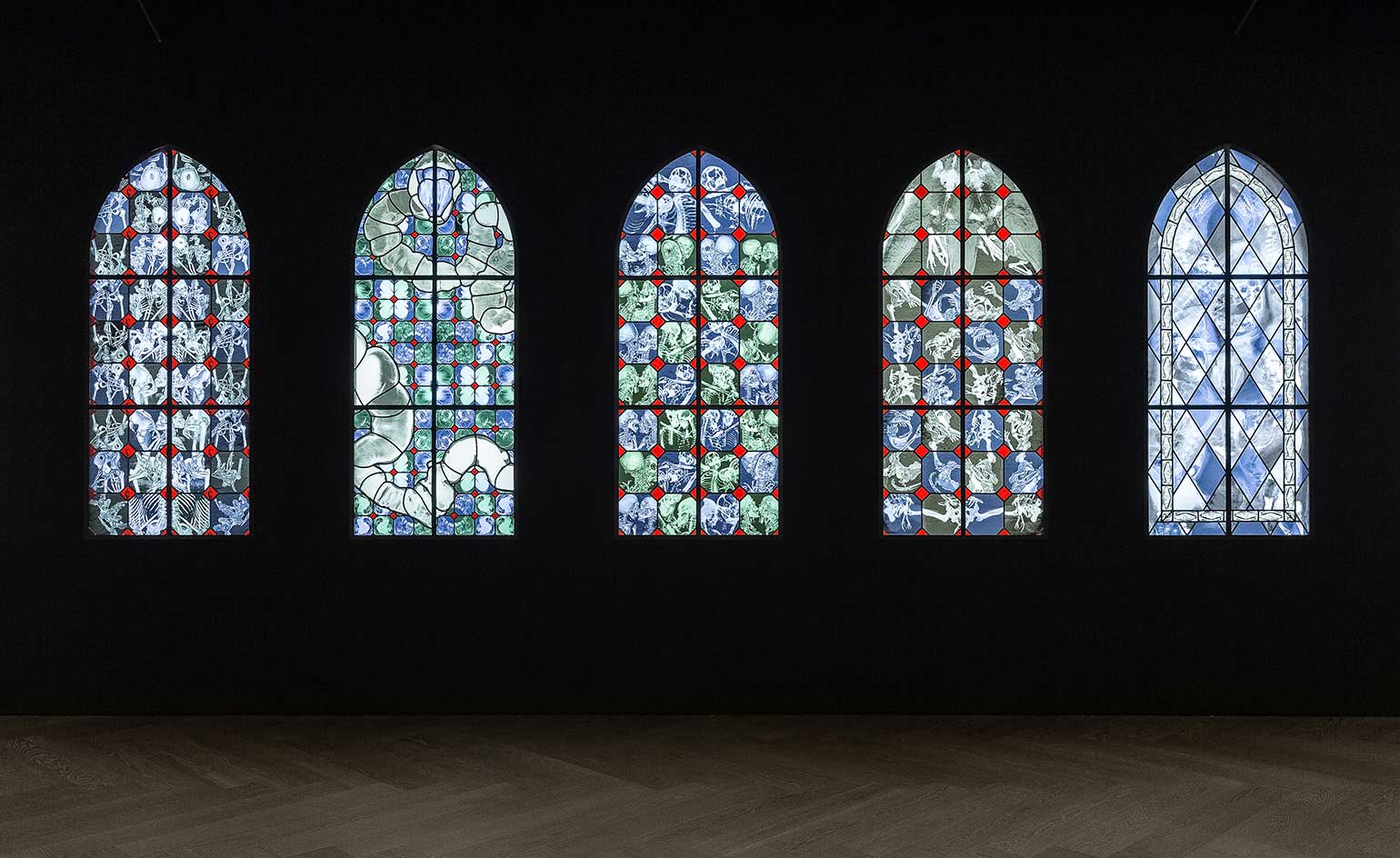
The choice of artist for an inaugural exhibition says a lot about a new gallery. In the case of Perrotin Shanghai (see Wallpaper’s November 2018 issue, out 11 October) showcasing Belgian neo-conceptual artist Wim Delvoye, it also speaks volumes about China’s rapidly diversifying tastes in contemporary art.
Belgian-born Wim Delvoye already has a notorious reputation here for provocative art due to the Art Farm he established in 2003 outside Beijing, where piglets were tattooed with intricate paintings and luxury brand logos. As the pigs grew, the ‘art’ expanded and, after a natural death, the skins were transformed into canvases and framed.
Although Delvoye’s plans to show live tattooed pigs at the 2008 Shanghai Contemporary Art Fair led to the work being banned from the exhibition, he remains enthusiastic about working in China. ‘The Chinese authorities are strict but at least things get done here whereas in Brussels the bureaucracy achieves nothing,’ he says.
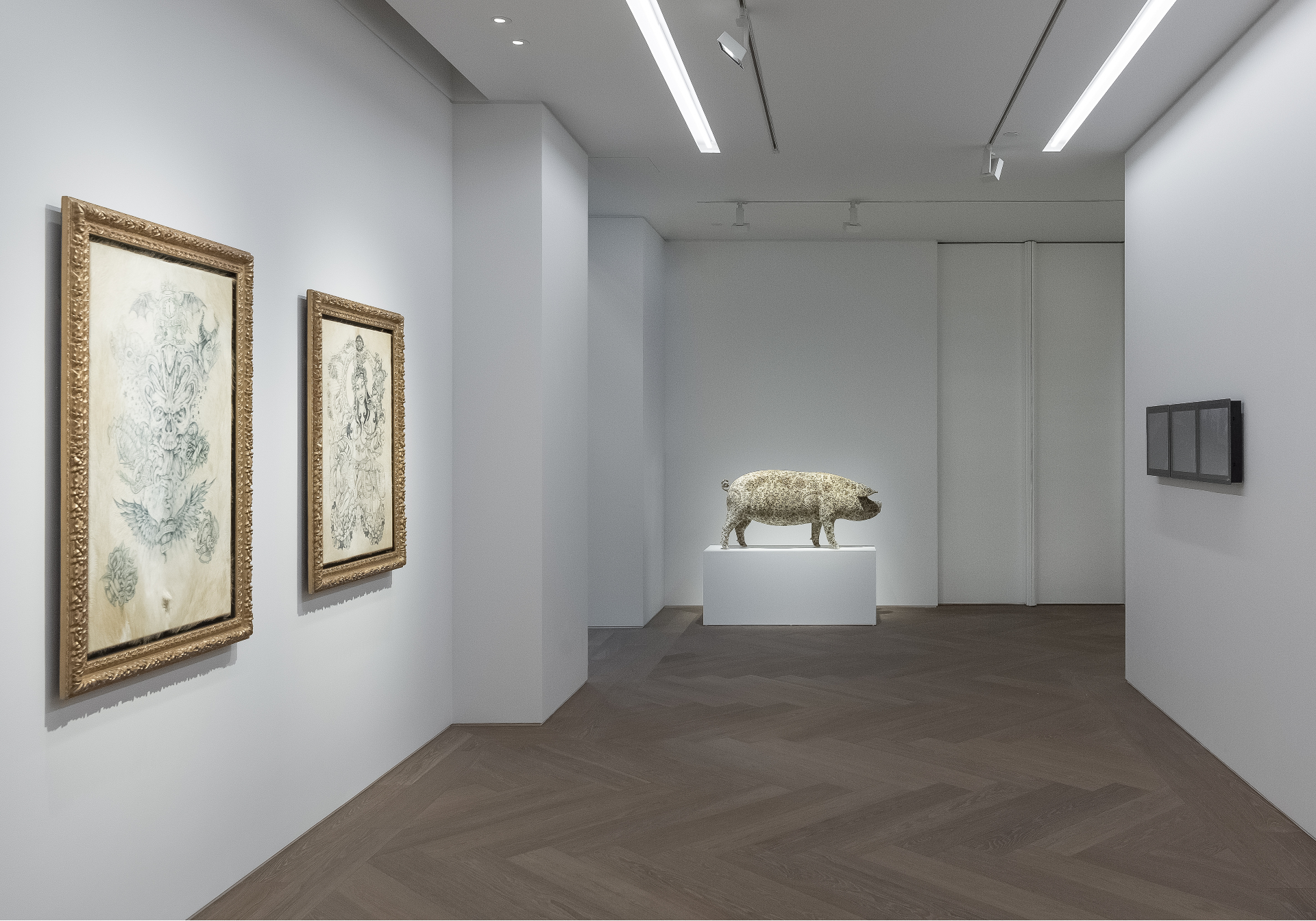
Installation view of Wim Delvoye works at Perrotin Shanghai. Courtesy of Studio Wim Delvoye / ADAGP, Paris & SACK
Several skins feature in this solo exhibition of 30 works at Perrotin Shanghai, which includes earlier pieces such as the quasi-religious Chapel series of stained-glass windows depicting erotic images captured by MRI scans, a laser-cut steel Twisted Dump Truck, and the twisted ivory marble sculptures, embossed aluminium works including a fire extinguisher decorated by Iranian craftsmen and a replica of China’s most popular instant noodle pot carved in onyx that he is making now.
Material and scale vary dramatically but Delvoye’s idiosyncratic fusion of humour, anarchism and exquisite craftsmanship is instantly recognisable throughout. The combination was clearly an attraction for the young collectors who flocked to the opening of the 1,300 sq m André Fu-designed gallery on Shanghai’s Bund. ‘They are attracted to pieces that take a lot of work because they want good value for their money,’ Delvoye says.
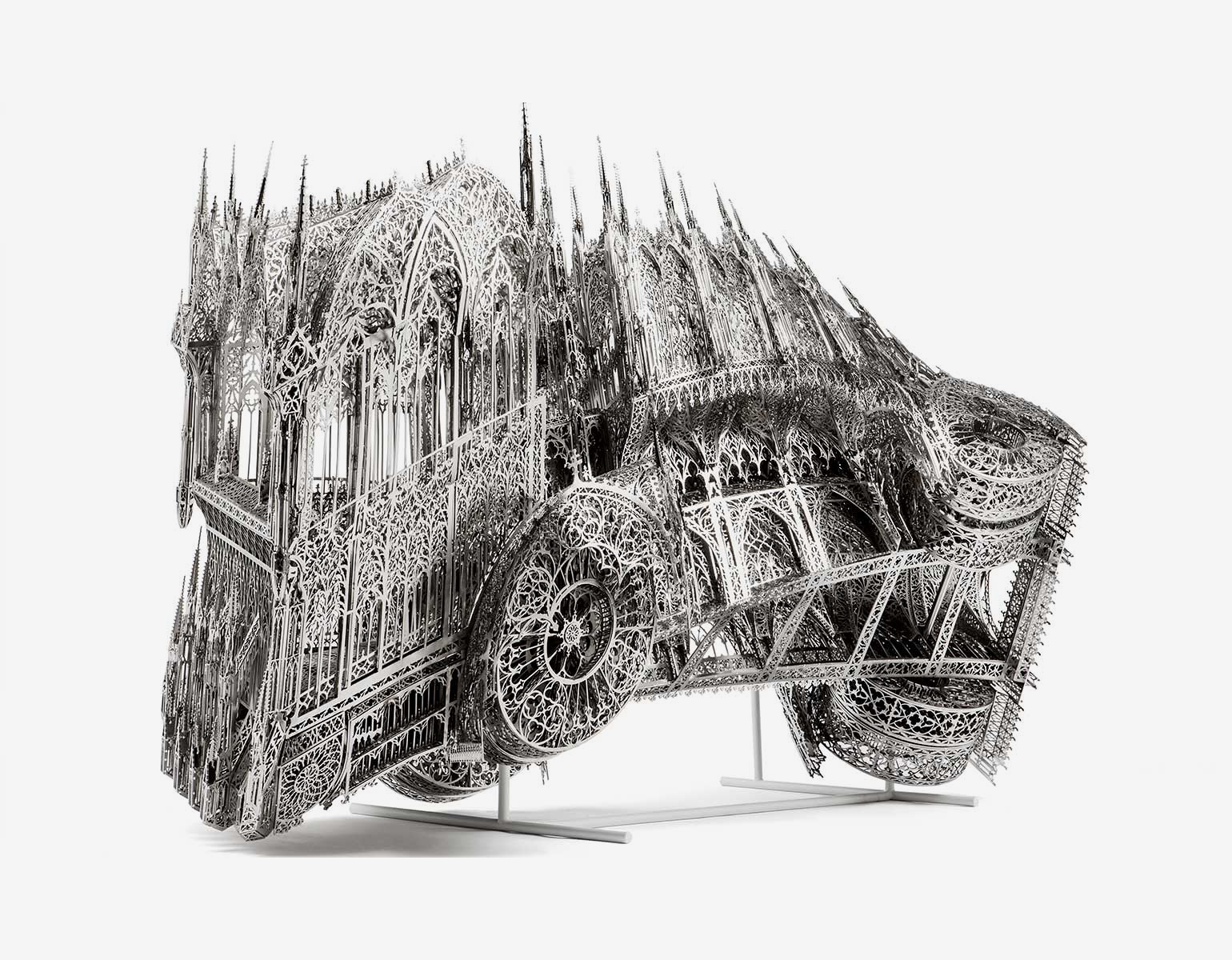
Twisted Dump Truck series, scale model 1/4 , 2013, by Wim Delvoye.
This experience is markedly different to his memory of Shanghai in 2002: ‘Then I managed to meet everyone who was important in art in just one day; now it would take a couple of years. Today there are so many curators and many young people buying art – almost without thought – but they are very well informed.’
The artist says future projects may include designing a cemetery. ‘It’s perfect. You can be quite authoritarian. Every artist is a dictator; that is the attraction of making art and the attraction of collecting.’
Perrotin Shanghai’s inaugural exhibition will be followed by a monumental show of works by Japanese artist Takashi Murakami.
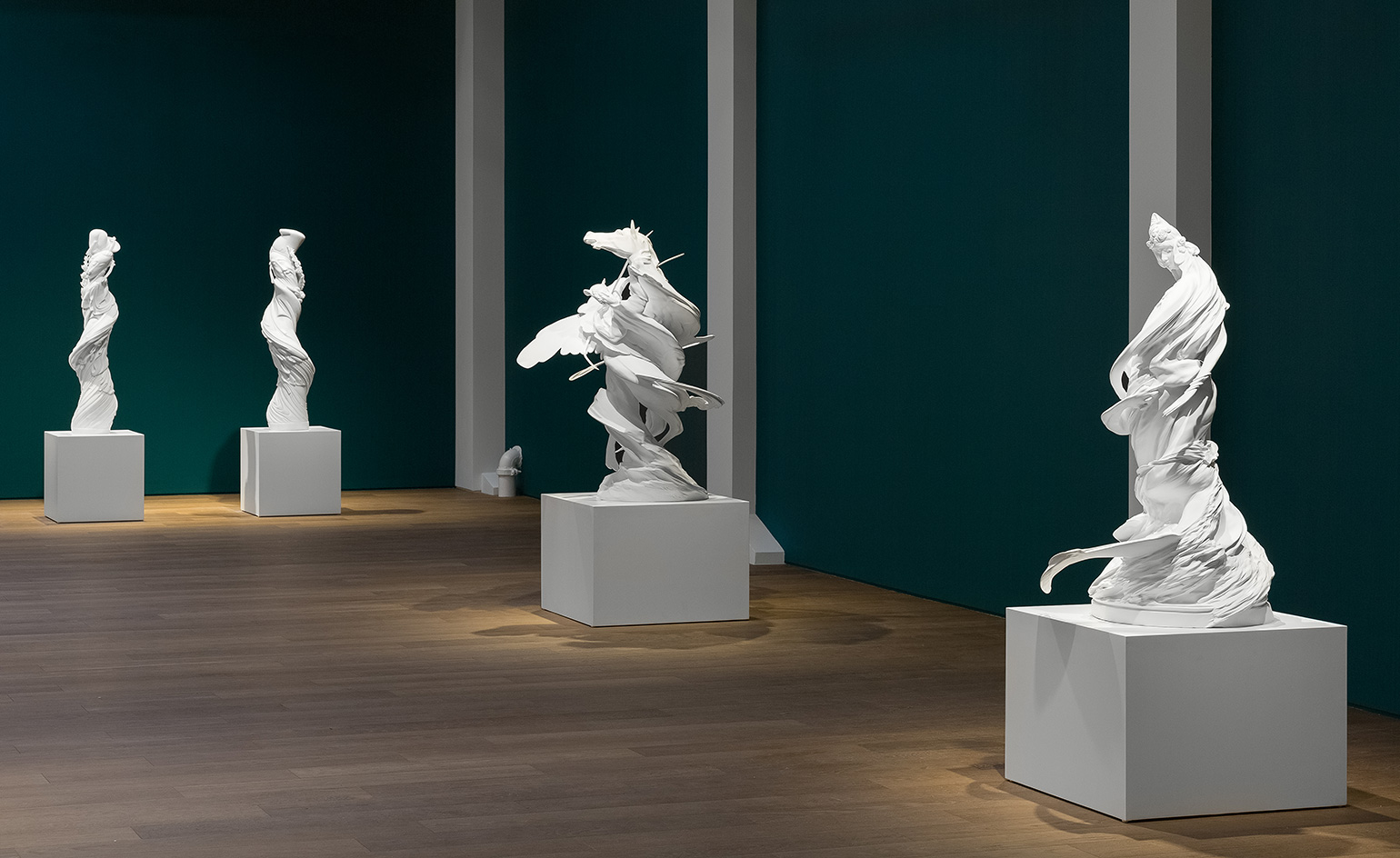
Twisted ivory sculptures by Wim Delvoye at Perrotin Shanghai.Courtesy of Studio Wim Delvoye / ADAGP, Paris & SACK
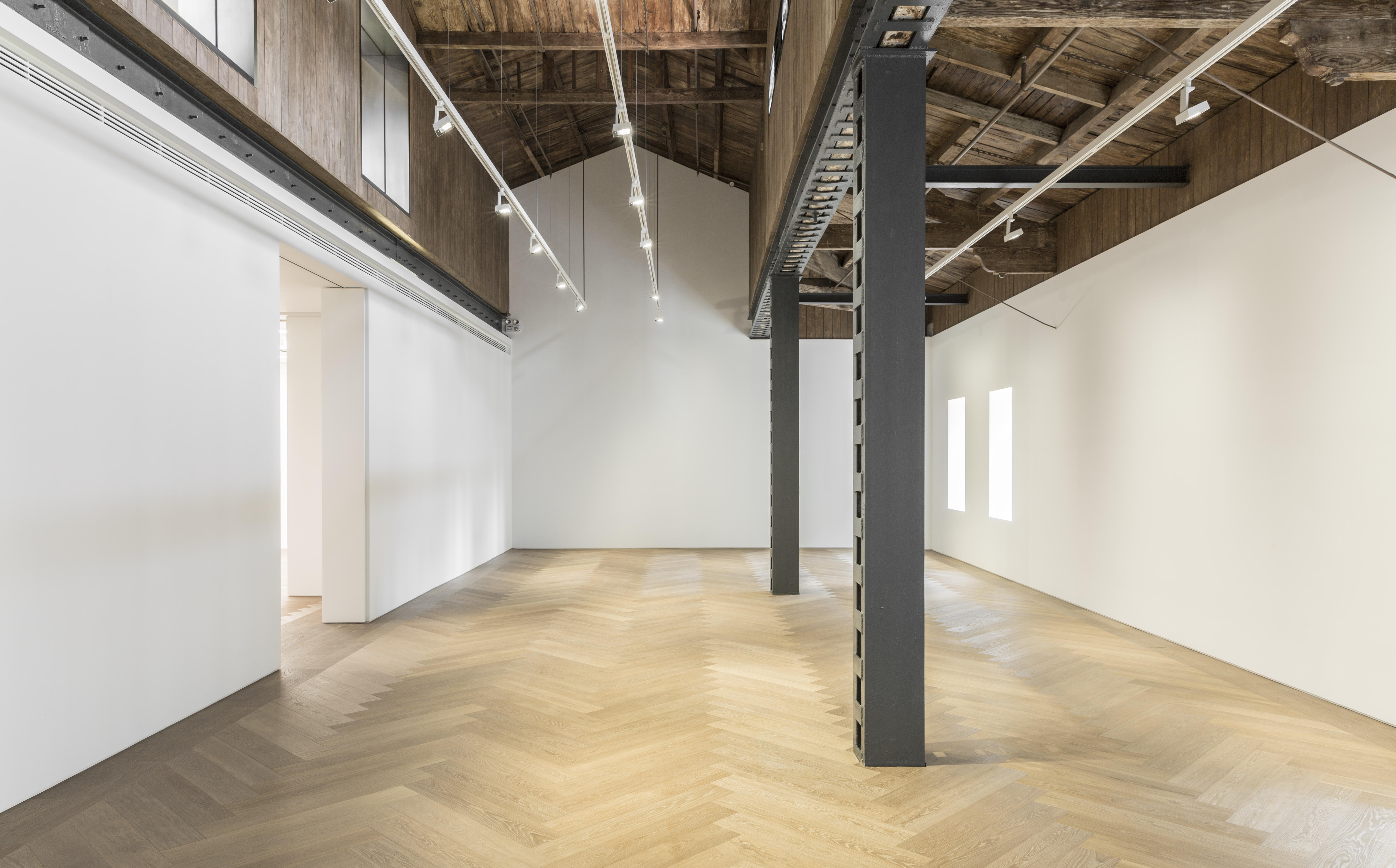
The 1,300 sq m gallery includes four unique exhibition rooms
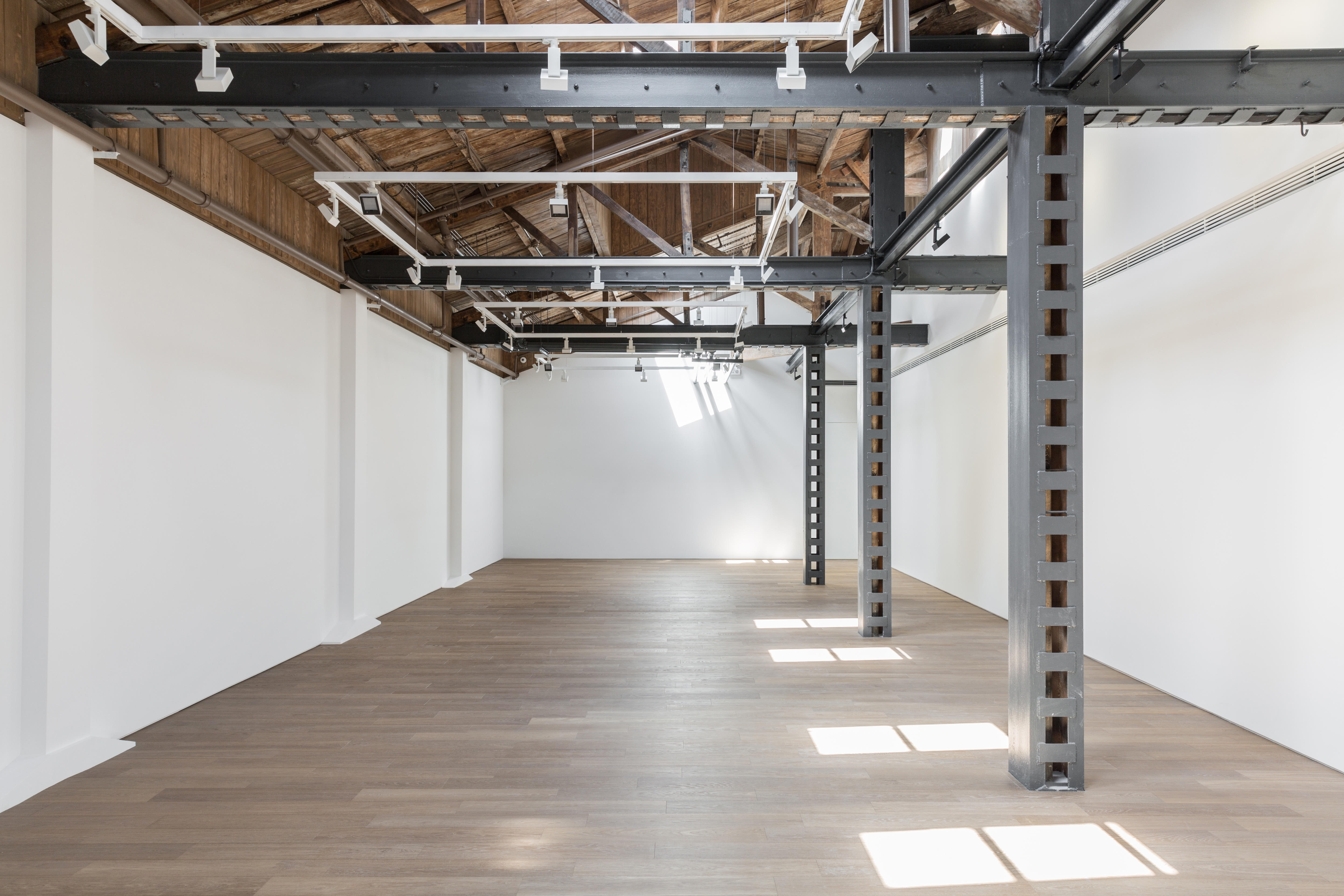
The interiors of Perrotin Shanghai were designed by André Fu
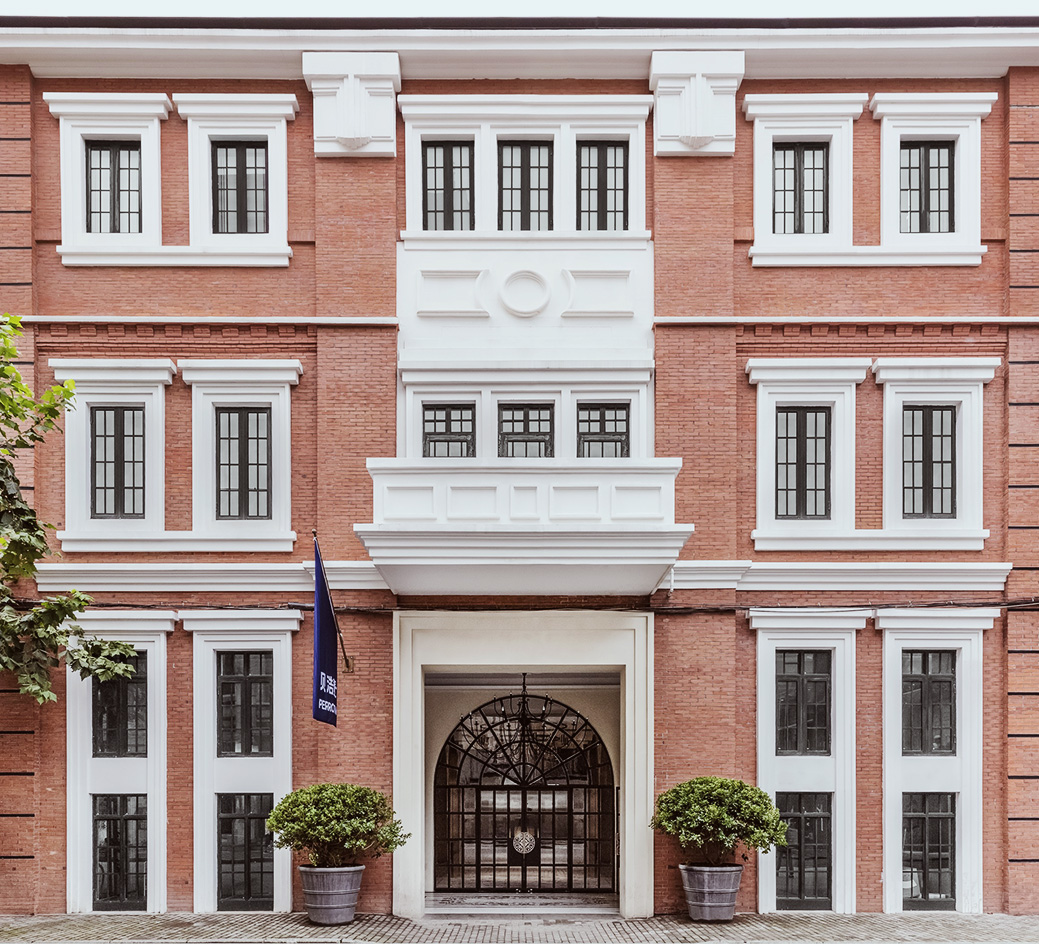
The façade of Perrotin Shanghai occupies the top floor of a historical three-storey brick building known as the Amber Building
INFORMATION
‘Wim Delvoye’ is on view until 20 October. For more information, visit the Perrotin website
ADDRESS
Perrotin Shanghai
Room 501
27 Hu Qiu Road
Huangpu District
Shanghai
Wallpaper* Newsletter
Receive our daily digest of inspiration, escapism and design stories from around the world direct to your inbox.
Catherine Shaw is a writer, editor and consultant specialising in architecture and design. She has written and contributed to over ten books, including award-winning monographs on art collector and designer Alan Chan, and on architect William Lim's Asian design philosophy. She has also authored books on architect André Fu, on Turkish interior designer Zeynep Fadıllıoğlu, and on Beijing-based OPEN Architecture's most significant cultural projects across China.
-
 A Xingfa cement factory’s reimagining breathes new life into an abandoned industrial site
A Xingfa cement factory’s reimagining breathes new life into an abandoned industrial siteWe tour the Xingfa cement factory in China, where a redesign by landscape specialist SWA Group completely transforms an old industrial site into a lush park
By Daven Wu
-
 Put these emerging artists on your radar
Put these emerging artists on your radarThis crop of six new talents is poised to shake up the art world. Get to know them now
By Tianna Williams
-
 Dining at Pyrá feels like a Mediterranean kiss on both cheeks
Dining at Pyrá feels like a Mediterranean kiss on both cheeksDesigned by House of Dré, this Lonsdale Road addition dishes up an enticing fusion of Greek and Spanish cooking
By Sofia de la Cruz
-
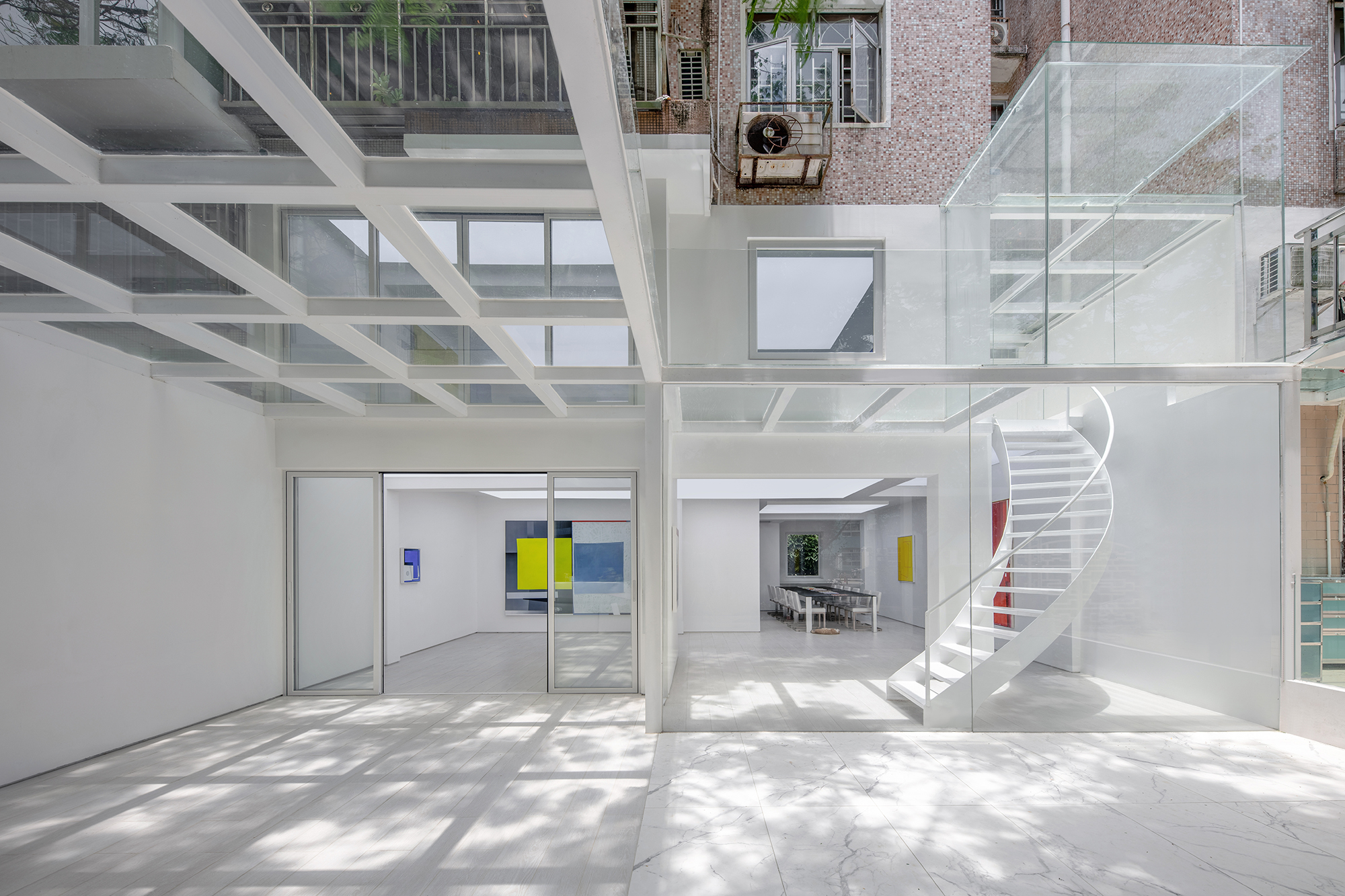 Ethereal minimalism infuses Shenzhen’s KennaXu Gallery
Ethereal minimalism infuses Shenzhen’s KennaXu GalleryKennaXu Gallery, designed by Da Integrating, is a new Shenzhen contemporary art space created through the transformation of an old residential unit into a haven of ethereal minimalism
By Ellie Stathaki
-
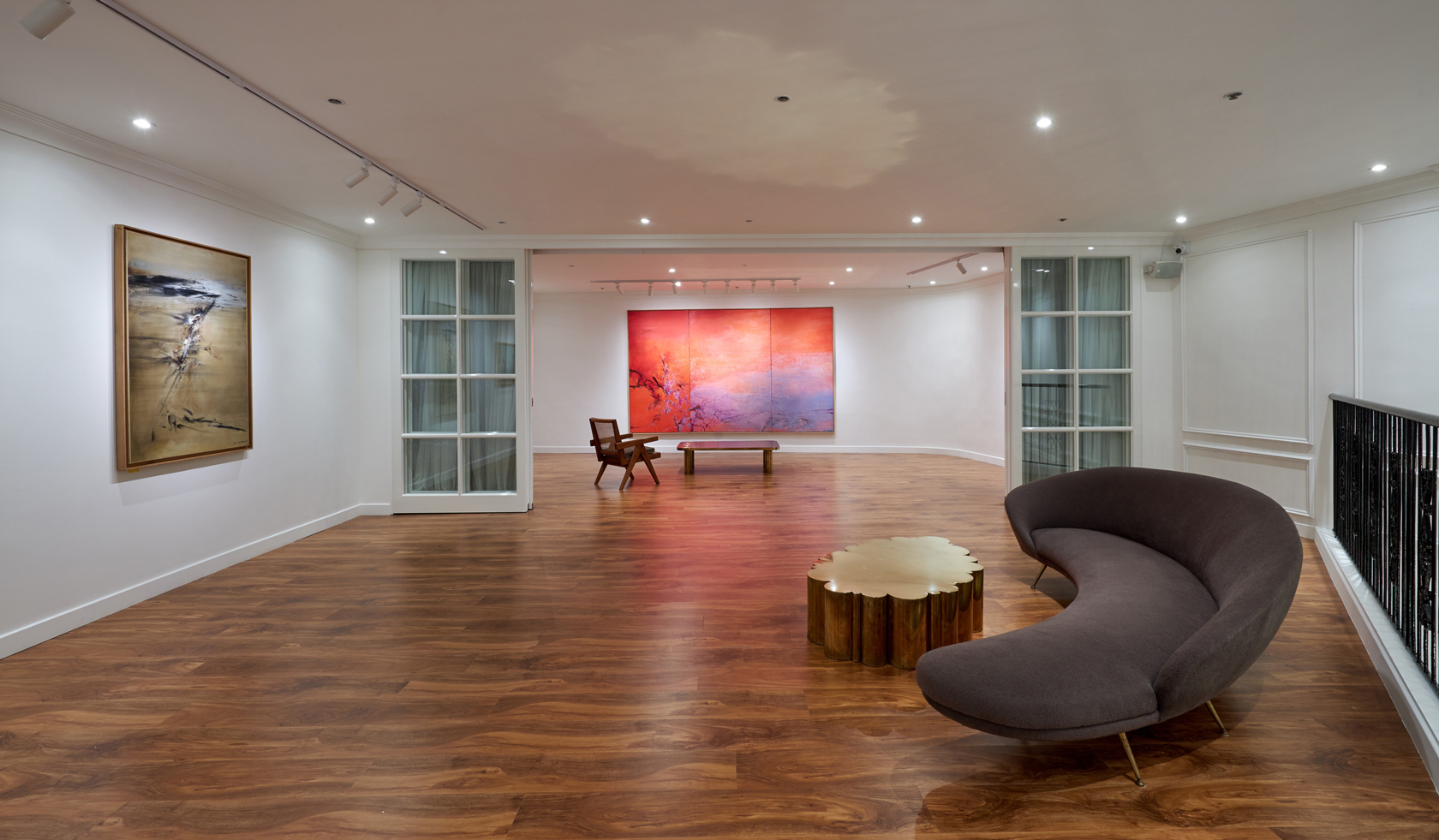 A new Hong Kong gallery is a space for ‘conversation and new perspectives’
A new Hong Kong gallery is a space for ‘conversation and new perspectives’Former French prime minister Dominique de Villepin and his son inaugurate their new gallery with work by late Chinese-French artist Zao Wou-Ki
By Catherine Shaw
-
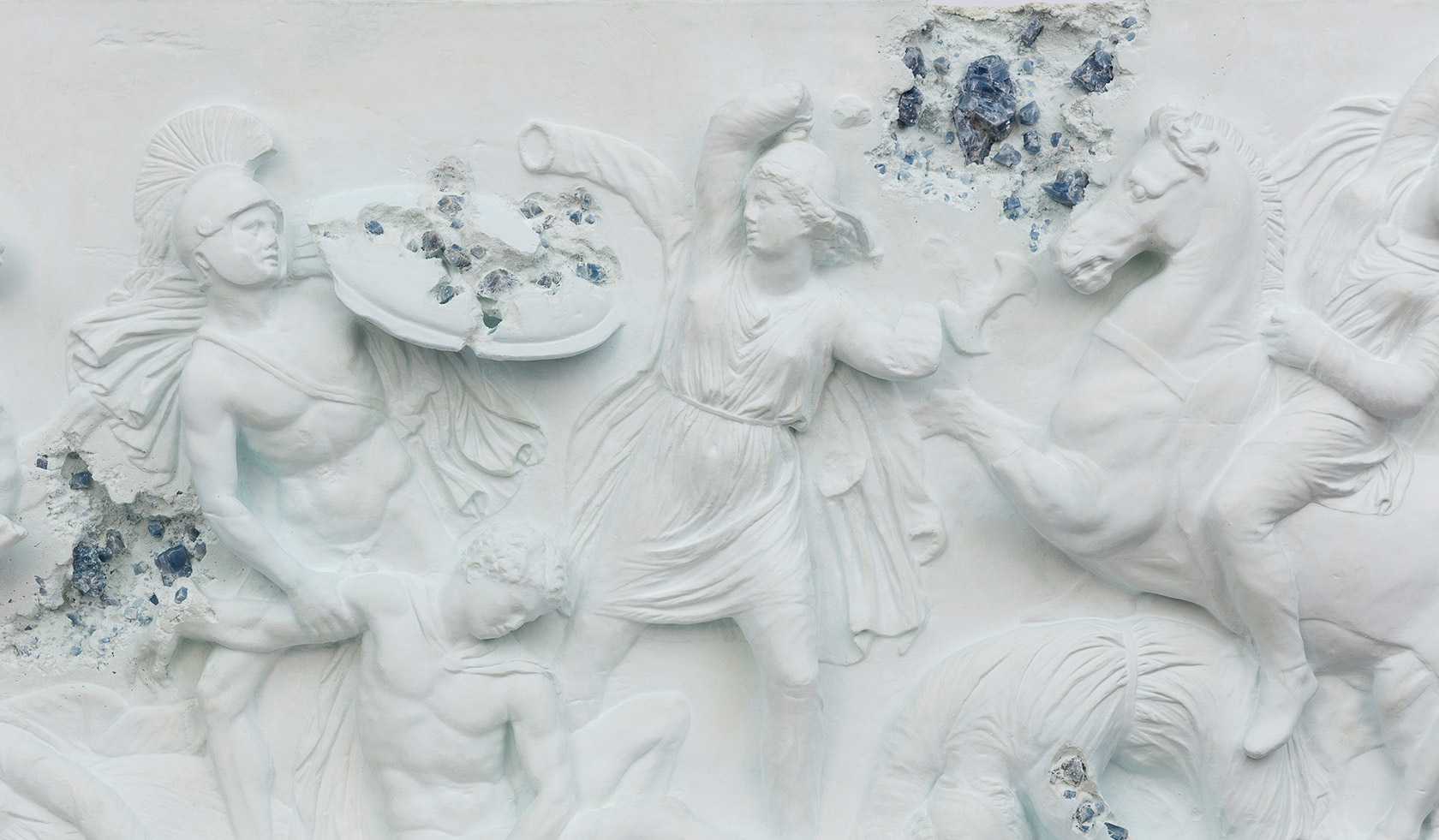 Daniel Arsham’s eroded relics are rooted in classical sculpture
Daniel Arsham’s eroded relics are rooted in classical sculptureThe New York-based artist turns back time for an exhibition of crystallised busts, friezes and sculptures at Galerie Perrotin in Paris
By Emily McDermott
-
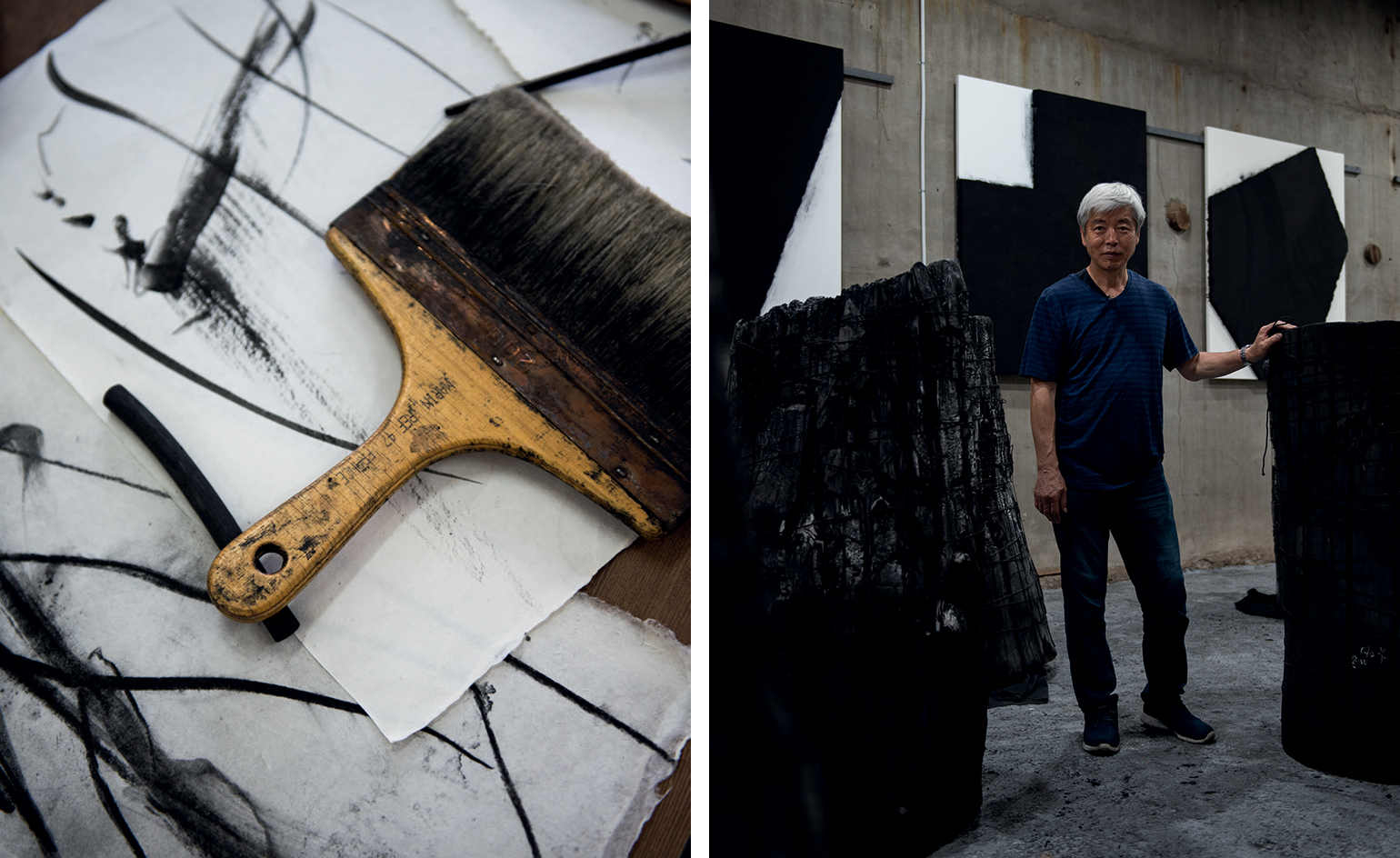 Lee Bae’s fascination with charcoal continues to burn bright
Lee Bae’s fascination with charcoal continues to burn brightThe South Korean artist explores charcoal for an exhibition at Galerie Perrotin’s New York outpost
By Amy Serafin
-
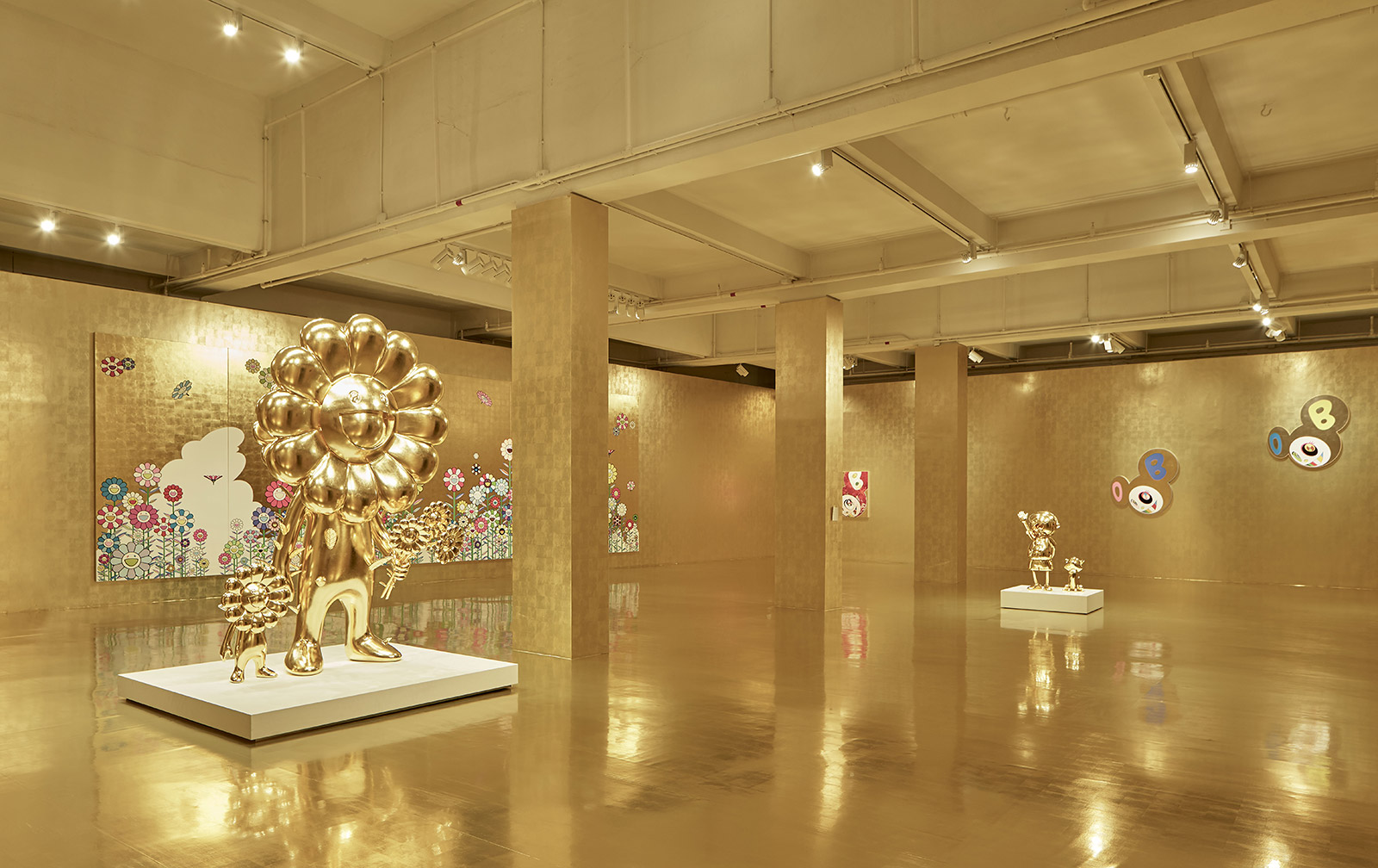 Takashi Murakami goes for gold in immersive Hong Kong show
Takashi Murakami goes for gold in immersive Hong Kong showFrom monumental sculptures to floral fantasies, step into the Japanese art star’s hypersaturated universe at Tai Kwun Contemporary
By Catherine Shaw
-
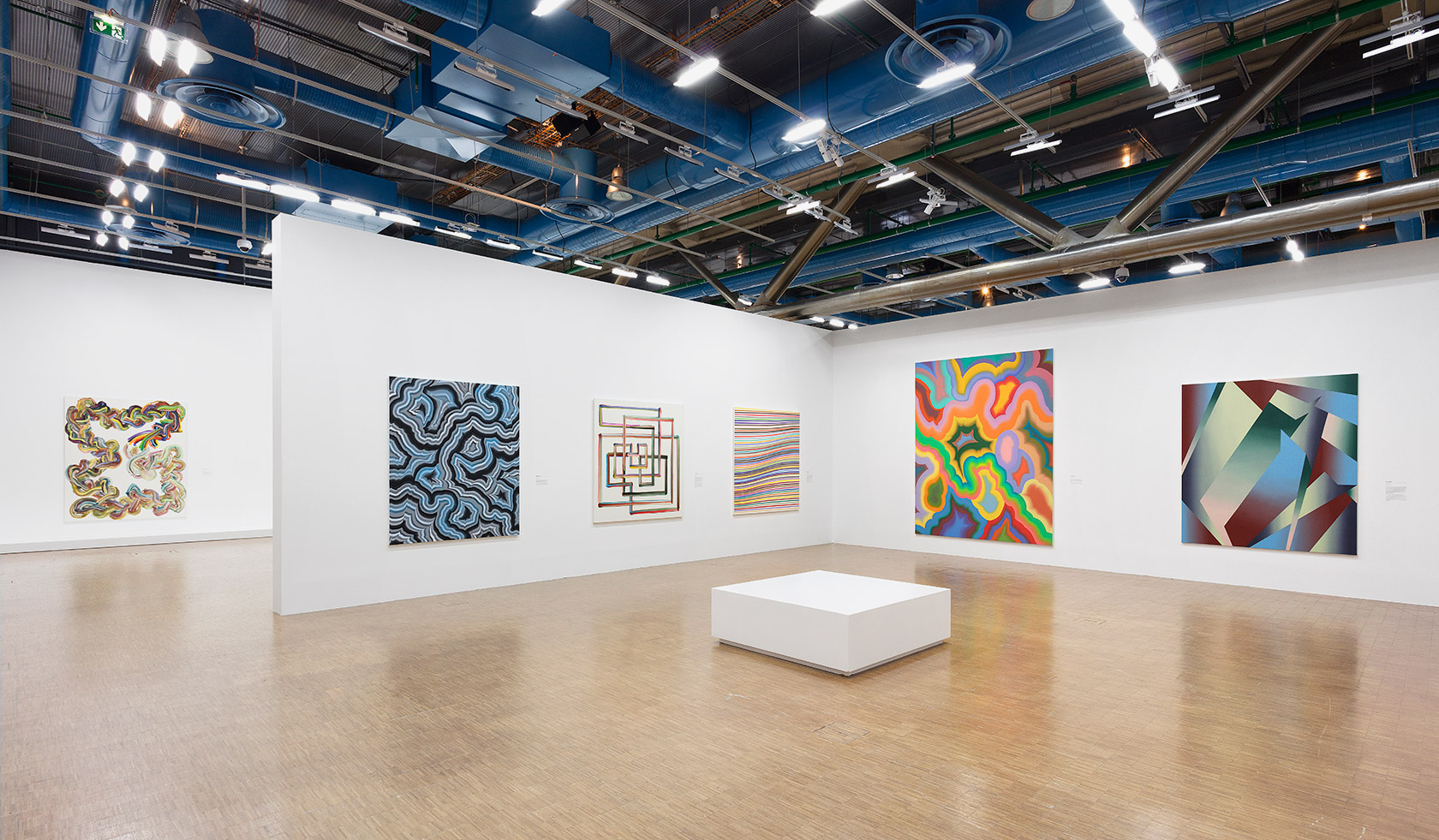 A double bill of Bernard Frize hits all the right notes
A double bill of Bernard Frize hits all the right notesIt’s been over a decade since the artist last exhibited in France. Now, a duo of Paris exhibitions at Perrotin and Centre Pompidou are casting his four decades-long painting practice in a new light
By Emily McDermott
-
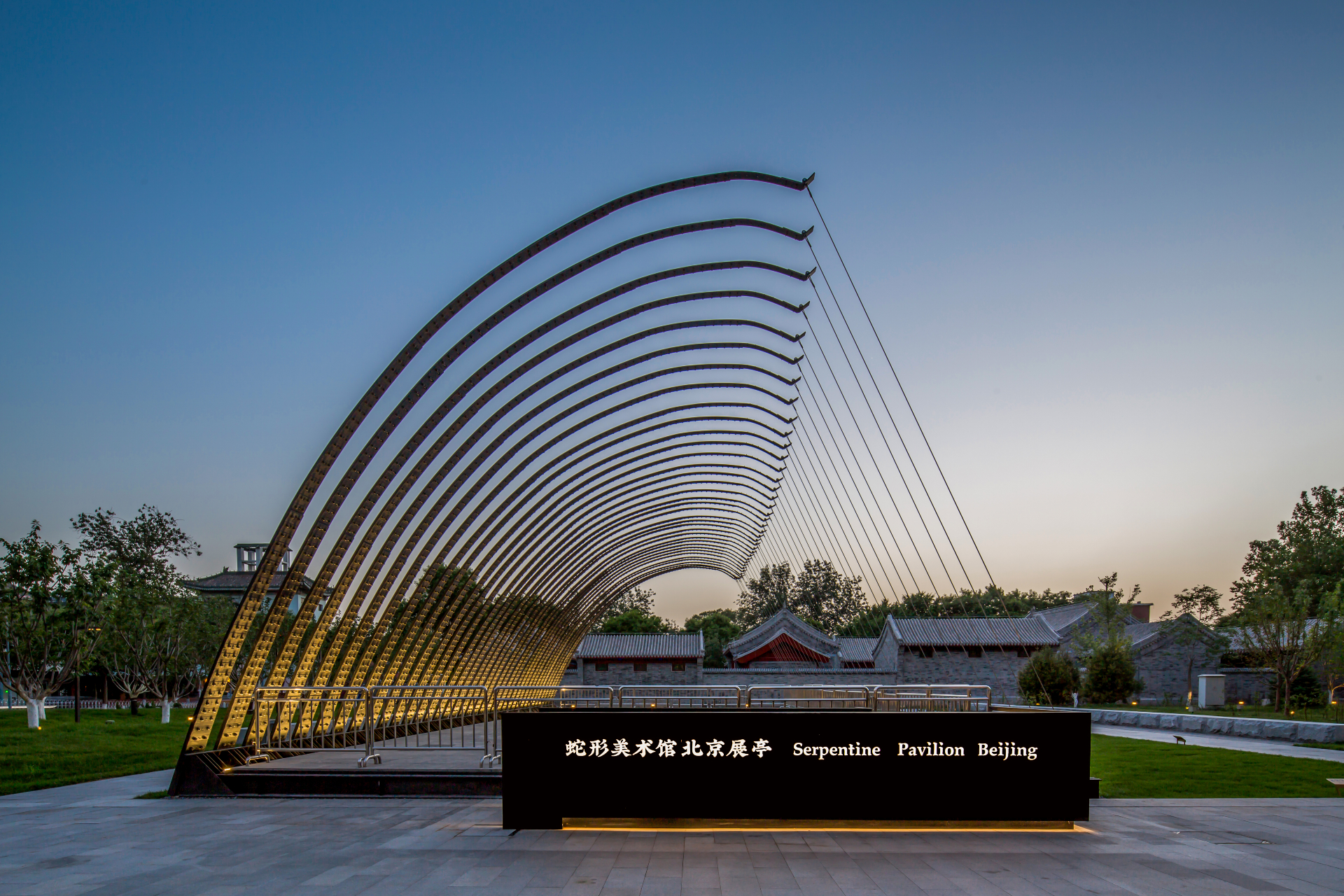 First Serpentine Pavilion outside the UK launches in Beijing
First Serpentine Pavilion outside the UK launches in BeijingBy Yoko Choy
-
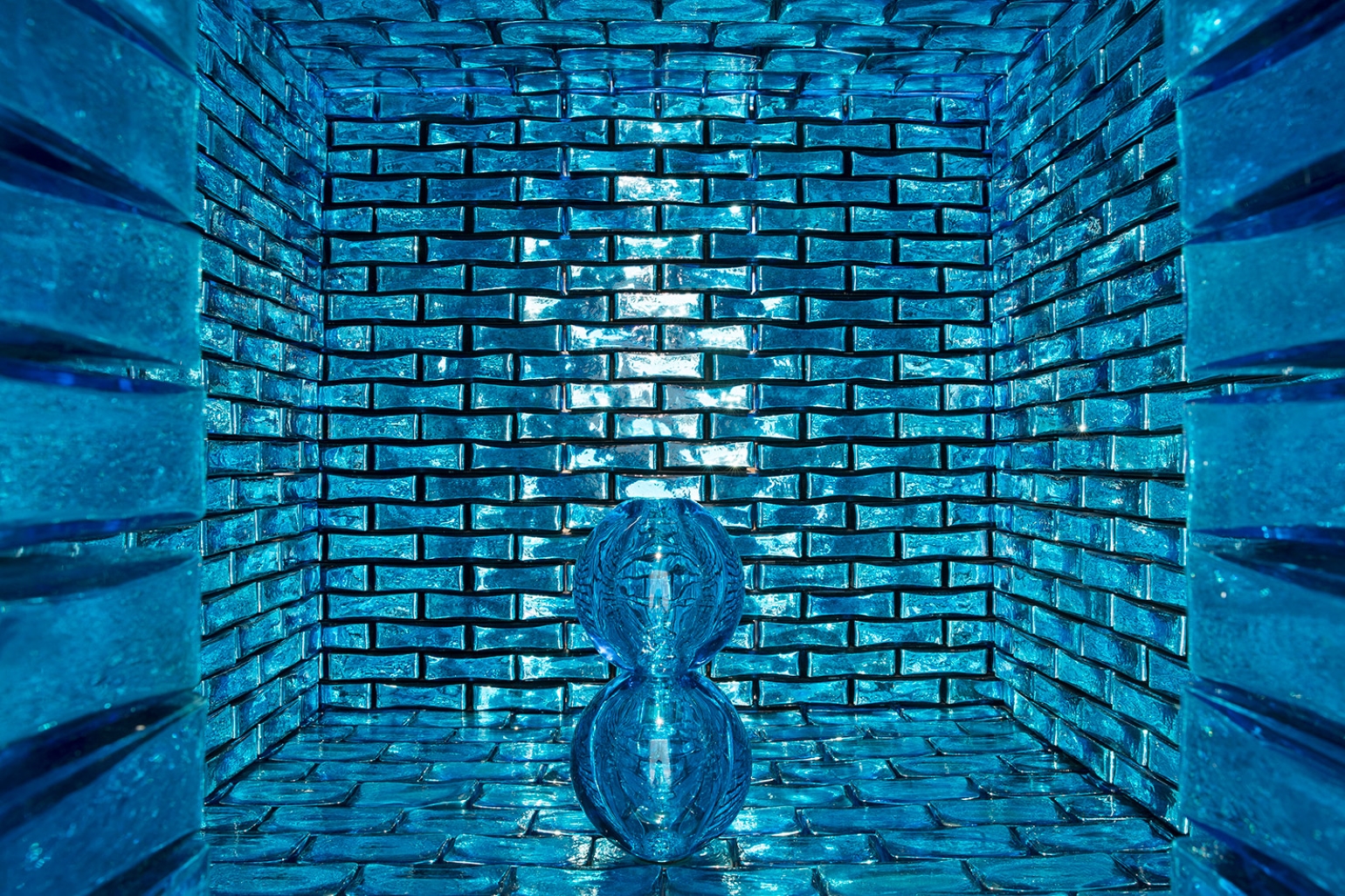 Jean-Michel Othoniel’s elemental artworks are creating the perfect storm in New York
Jean-Michel Othoniel’s elemental artworks are creating the perfect storm in New YorkBy Charlotte Jansen